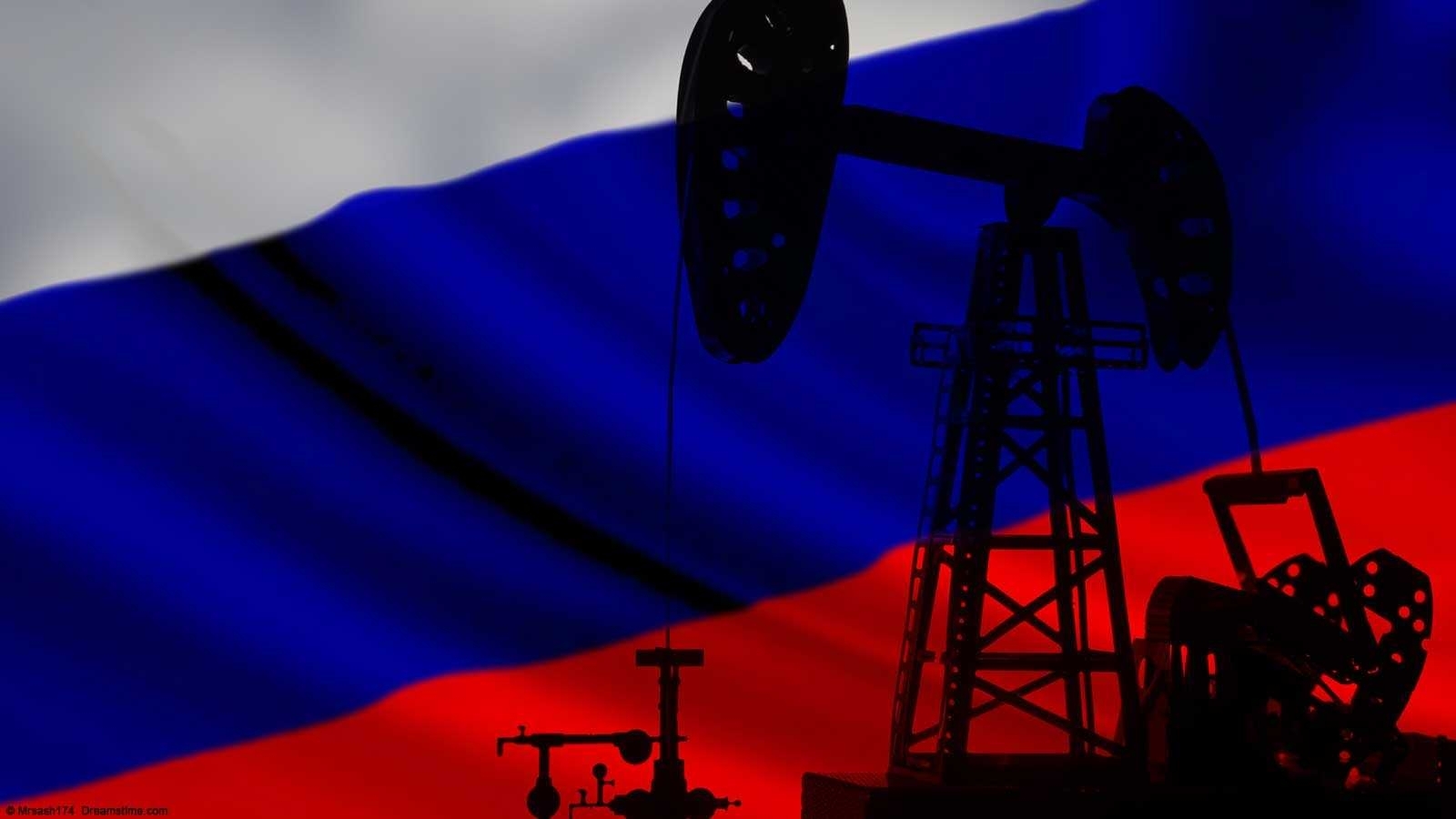
TOPICS:
The Inevitable Decline of Russian Oil: A Self-Inflicted Wound
Nov 01, 2025 / Written by: Gary Isbell
Russian oil production is declining, not because of natural depletion or market forces, but for ideological reasons. Vladimir Putin is pursuing a nationalistic war of conquest against Ukraine that has triggered a cascade of global sanctions. Russia is cut off from the Western technology and expertise it desperately needs to keep its oil flowing.
The Russian attempt to establish a multi-polar world molded by nationalist ideology is bringing about the slow collapse of an industry that it needs to survive.
Aging Fields and a Vanishing Workforce
For decades, Russia’s oil wealth flowed from its aging production sites in western Siberia and the Volga-Urals region. Even before the invasion of Ukraine, these fields were beginning to run dry. The only way to keep production going is for Russian oil companies to have recourse to advanced fracking techniques—like those that allowed the U.S. to reemerge as an energy giant.
The Ukrainian war changed everything. Sanctions have blocked access to the equipment, software and trained personnel needed to develop these shale reserves. Meanwhile, the war effort has drained millions of young men from the workforce. The result is a labor shortage so severe that Russia cannot even keep its existing energy operations running, let alone expand into new frontiers.
In addition, extracting oil from the ground has become increasingly difficult and expensive for Russia. Just to keep current output levels, producers must put in more effort each year.
Ukrainian Attacks on Refineries Slash Oil Production
Yet another factor affecting production is the relentless Ukrainian drone strikes on energy infrastructure.
Thus, Russia’s fuel exports have plummeted. In the first 10 days of October, for example, average daily exports dropped to 1.88 million barrels—the weakest showing since early 2022.
Bloomberg reports that Russia’s total refining output now sits below 5 million barrels per day, which marks another low point not seen since spring 2022. Drone strikes have hit more than 20 major refineries, which, together with seasonal maintenance shutdowns, have brought production way down. Consequently, the Russian government has banned gasoline exports altogether.
A September strike also damaged the Ust-Luga terminal, which handles roughly 60 percent of Russia’s naphtha exports—a critical solvent needed for refining oil. Naphtha shipments collapsed 43 percent month-on-month in October, to just 198,000 barrels per day, the lowest level since January 2022.
The Technology Russia Will Never Have
The American shale revolution was not about drilling more wells, but about drilling smarter. Over the past 15 years, U.S. producers added around 8 million barrels per day to global supplies. They increased their production from 5.4 million to 13.5 million barrels per day by using cutting-edge technology: AI-driven reservoir imaging, advanced fracturing techniques, high-pressure pumps and state-of-the-art drilling rigs.
Russia needs all these things to unlock its vast shale reserves. However, sanctions have cut off, for example, modern drilling software that maps underground formations and guides horizontal well drilling that stretches three to four miles. Its present software is already becoming obsolete.
Russia also lacks hardware, such as high-pressure pumping equipment, which can cost up to $60 million per “spread” (a collection of specialized equipment).
Skilled labor is also a major problem in this land of plummeting birthrates. The country is losing 45,000 to 50,000 soldiers every month. Young, healthy men who the oil industry might have employed are instead being fed into the meat grinder in Ukraine.
OPEC+, Market Share, and the Illusion of Control
Over the last decade, the Organization of Petroleum Exporting Countries (OPEC) and Russia, collectively known as OPEC+, worked together to keep oil prices high. Russia needs this high price because it relies on oil for about a third of its revenue, which it uses to support the war in Ukraine.
OPEC+ aims for Brent crude prices in the $80-per-barrel range. Partly under pressure from the Trump administration, U.S. shale producers have increased production, increasing global inventories. Since April 2025, Brent prices have declined from $80 to the low $60 range. Further drops are expected.
The price fluctuations show how fragile the situation in Russia is. It needs high oil prices to keep its aging fields and outdated equipment working. Low prices jeopardize both the economy and the oil industry.
The loss of Russian supply will also spell trouble for everyone else since tighter global energy markets could lead to shortages in the future.
Putin’s Legacy: A Ruined Industry and a Suffering People
This decline of the oil industry did not have to happen. It is happening because Russia is adopting the anti-Western and nationalist philosophies of ideologues like Alexander Dugin that disregard the rule of law. These errors are both fueling the Ukrainian war and destroying the economy. They are ideas so rigid that it is proving difficult to reverse a course that has the potential to be irreparable.



